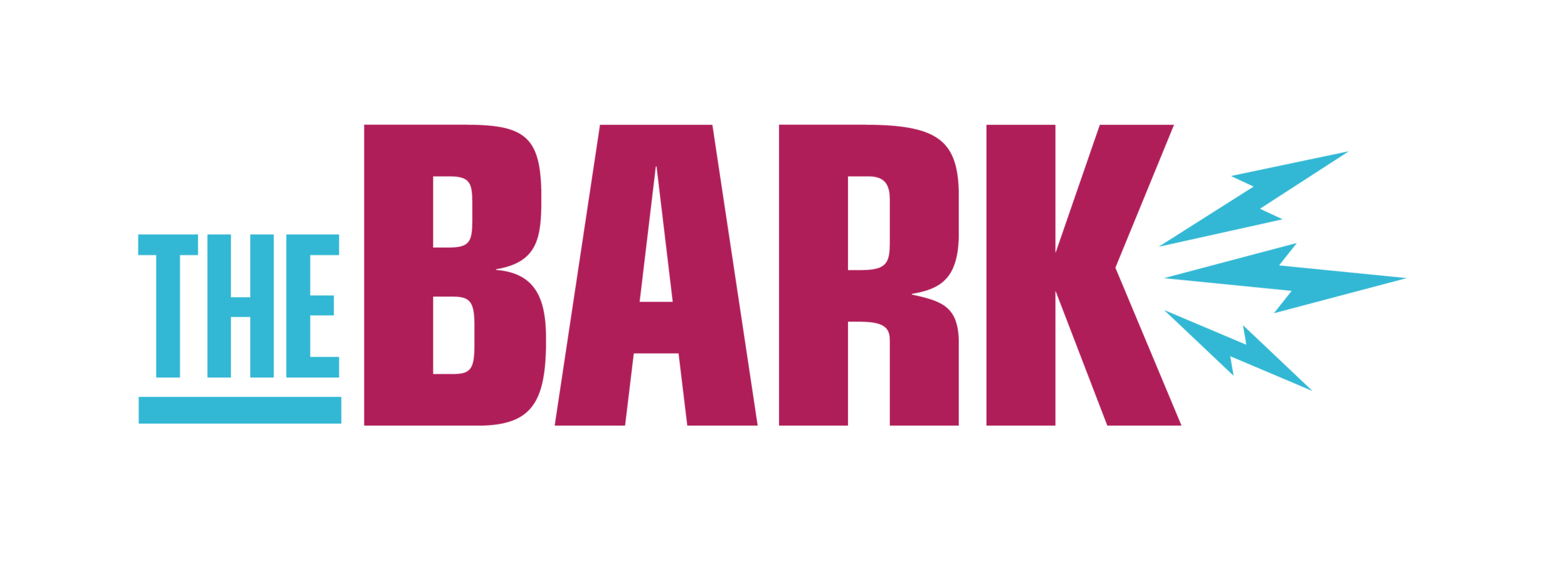Returning to the Northland with a Purpose: Harm Reduction Sister’s Mission of Care
Harm Reduction Sisters was founded by Sue Purchase who has 20 plus years of experience in the harm reduction field. Photo courtesy of Tyler Schank at the Duluth News Tribune tschank@duluthnews.com
Sue Purchase, the founder of Harm Reduction Sisters, was born at St. Lukes and raised in Cloquet. She left the Northland when she was old enough and never wanted to look back.
Sue Purchase with her supplies. Photo courtesy of Tyler Schank at the Duluth News Tribune tschank@duluthnews.com
“I never wanted anything to do with living here again, but I have unfinished business and I returned,” Purchase said.
That unfinished business was harm reduction in Minnesota.
Purchase started her first harm reduction project in 1996: Women With a Point.
Harm reduction is a range of public health policies designed to lessen the negative social or physical consequences associated with various human behaviors both legal and illegal, according to Wikipedia.
Women With a Point was the first harm reduction group in Minnesota and according to Purchase it is the first women run group in the United States. It was directly funded by the Center for Disease Control, according to Purchase.
“We had a point to make and a point to give about drug use, and particularly women and drug use,” Purchase said.
Women With a Point ended in 2009 and Purchase found herself back in Duluth. When she returned two years ago, she noticed a lack of harm reduction outreach. Purchase had been thinking about the idea of harm reduction in the Northland for a long time.
“Harm Reduction Sisters was something I always thought of and created in my brain and I finally decided I need to do something with it because it is so important up here,” Purchase said.
When a long-time friend who works for Churches United in Ministry (CHUM) mentioned there was a great need for a mobile needle exchange, Purchase’s idea came to fruition.
Purchase has over 20 years of experience in this field.
“I have a history here, I get along really well with the health department,” Purchase said.
Harm Reduction Sisters is a 501(c)(3) non-profit organization. They have a distribution model for needle exchange. They provide Narcan, syringes, Fentanyl test strips, sharps containers and more.
When Purchase receives a call from a person needing supplies, she packs up her Honda Fit and drives to where they decide to meet.
“A lot of people aren’t comfortable reaching out to me,” Purchase said. “They’re thinking, ‘who is this whacky woman bringing supplies around Duluth?’ because who cares about injection drug users in Duluth? Who would do that?”
For the people who do call, Purchase has a conversation with them to decipher what they need from her, so she can help them as best as she can.
Purchase acknowledged a major problem happening in the Northland, and that is lack of resources for people who use drugs, especially women and people of color.
“If you look at the state of Minnesota, we are a low incident state for HIV, Hep C [Hepatitis C], overdose, all those things, until you factor in race,” Purchase said.
According to the Minnesota Department of Health, 61% of HIV cases in Minnesota are from communities of color. Non-Hispanic, African-American and Black African-born Minnesotans jointly make up about 5% of the population in Minnesota, yet, account for 37% of the newly diagnosed cases of HIV in 2019.
Graph of drug overdose morality rates in Minnesota from 2015-2017. Graphic courtesy of Minnesota Department of Health
“When you factor in race, black people are two times as likely as white people to become infected, and Native Americans are six times as likely as white people to become inflected,” Purchase said.
Hepatitis C affects the Native American population disproportionately in Minnesota. Native Americans had the highest numbers of Hepatitis C in Minnesota in 2018, with white people having the lowest numbers, according to the Minnesota Department of Health.
Drug overdose has a major racial disparity, especially among African American people and Native Americans. As of 2017, Native Americans have the highest numbers of overdose mortality rates, with African American people coming in second.
Purchase mentioned the stigmatization behind needle exchange and drug use. She said harm reduction helps loosen those stigmas by having open conversations about it.
According to Purchase, a lot of the people who contact her are afraid of people judging them, and that is a major roadblock Purchase has to work around with her clients. Purchase said finding a safe place to meet is the first and most important step.
Most of the time her clients can’t meet at their homes. So, Purchase chooses safe public places she can meet her clients, like store parking lots. These are places where it is easiest for both Purchase and her clients to get to.
“What I provide is a mobile, discreet service to people who need it the most,” Purchase said. “They are people who matter and are always left out.”
“It’s guerilla health care: people taking care of people, drug users taking care of drug users. That is the [origin] of harm reduction,” Purchase stated about her organization.
Harm Reduction Sisters’ mission is to “Provide a feminist response, utilizing innovative harm reduction principles and practices to address the gaps that exist for people who use drugs and experience trauma.”
For more information on Harm Reduction Sisters, visit their website.



